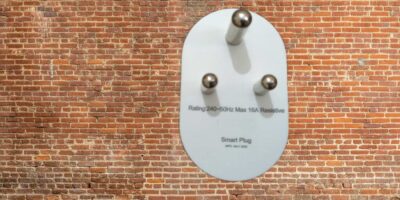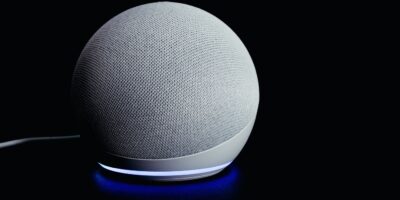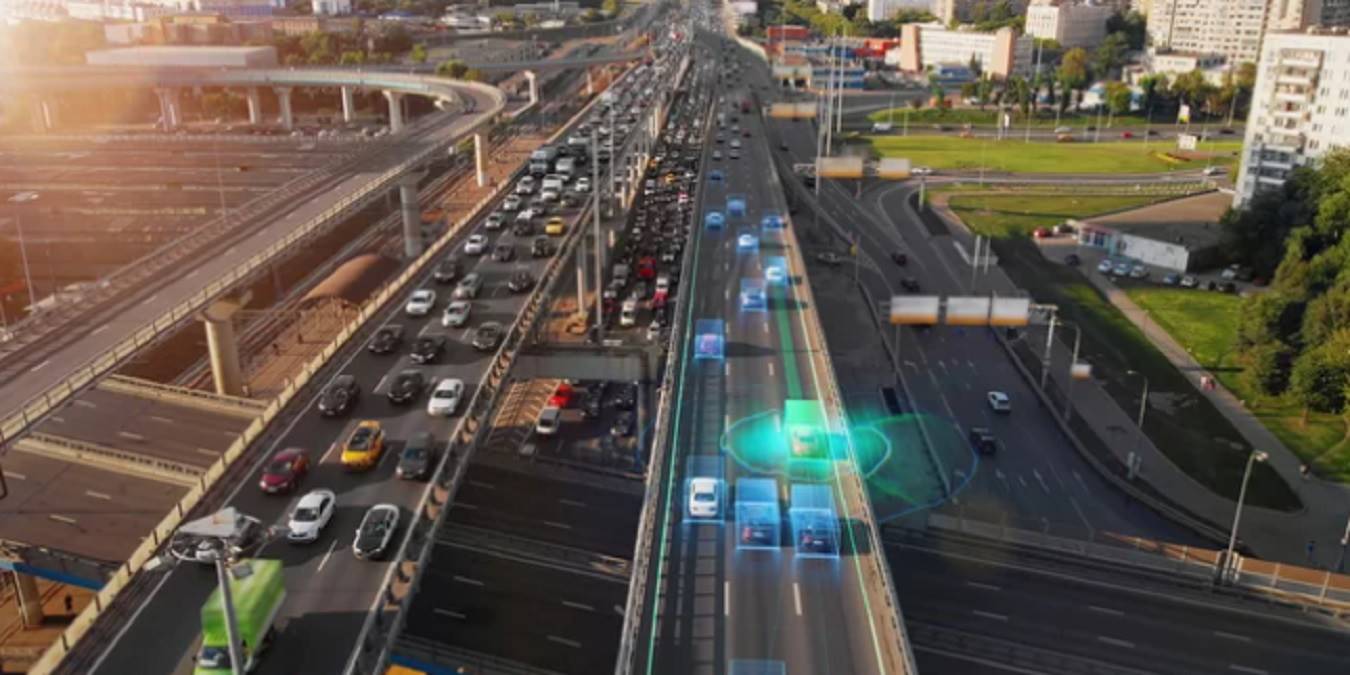
Safety in autonomous vehicles (AV) is closely linked to how much of a perception problem it solves. Using an array of high-tech sensors and cameras, the AV software is fed real-world data around the vehicle’s environment. This, in turn, controls the accelerators, brakes, and turn signal levers. The clearer the visuals, the more accurate the AV software’s response will be to the overall driving environment.
Currently, 3D-4D LiDAR and 4D imaging radar have emerged as two highly popular perception standards for the self-driving vehicle market. We already did an eye-to-eye comparison of the two technologies and found that both have their own distinct advantages. While there is a clear market preference for integrated perception solutions, in some situations, 4D imaging radar is more appropriate. Not only is it immune to weather disturbances and sunlight glare, but it’s less complicated to deploy, and the low-cost factor makes it commercially popular with top AV makers.
In order to get to the true depth of what automotive radar solutions are capable of, we spoke to Ms. Shlomit Hacohen of Arbe Robotics, Israel, and Mr. Johan Lassing, CEO of Qamcom, Sweden. Together, both companies bring one of the most advanced 4D-imaging radar sensor solutions to the AV and semi-AV market. From delivery vehicles to robotaxis, heavy machineries and trucks, Arbe and Qamcom’s offering has 100 times greater detection capabilities than conventional radar. This way they aim to overcome the low-resolution disadvantage of automotive radar.
Traditional Radar vs. 4D Imaging Radar
Based on a number of variables such as speed, elevation, range (distance) and environment, Arbe solves the perception challenge of tomorrow’s vehicles. It has developed a tiny, lightweight chipset which does AI-based post-processing to deliver 100 times more detailed imaging. The following is an example of the orders of magnitude difference.
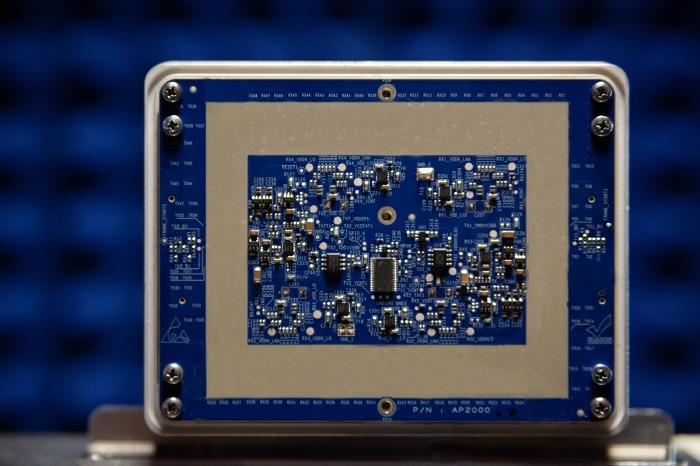
As shown in the comparison, a conventional radar is handicapped by limitations such as a failure to identify very tiny objects or providing detailed contours of background objects. Sure, the size of the dots can alert you of the approximate width and dimensions of the objects (vehicles), but without a high-resolution camera, there is the possibility of way too many false alarms.
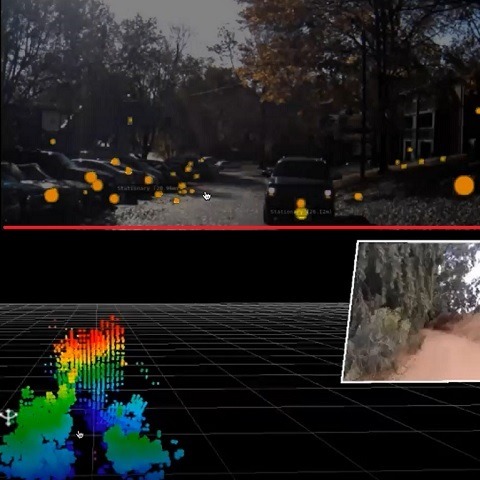
In comparison, a 4D imaging radar such as Arbe’s, with over 100 times more imaging capability, has extra capacity to render a more accurate object. Says Shlomit, “When we make chipsets, we ensure there are more detections per frame. In our 4D radar solution, the colors mean height. The ‘blue’ means things are at a road level. Red is most elevated.” If there are objects such as a bush, as shown here, the 4D imaging solution certainly gives very good detailing.
Conventional automotive radar solutions used to operate at a lower frequency band of 24 GHz, which caused the low-resolution problem. Arbe, in comparison, operates at a higher frequency of 77 to 81 GHz, which can lead to a maximum number of 450 detected objects per frame (according to an Arbe datasheet). Moreover, the extra resolution allows some additional capabilities, such as supporting more antennas. Currently, the Arbe chipset supports 48 x 48 antennas, which give a more robust signaling.
Whether it’s guard rails or distant vehicles, one cannot overstate the importance of visual detailing for an AV. Shlomit further adds that “if an object is further away, the signal gets weaker (for traditional radar). You want to avoid the visuals to mix up. That is why our solution uses post-processing to not only detect the objects but locate their boundaries very well.”

“4D” Imaging Radar: The Four Dimensions
Since the radar technology is called “4D,” we had to ask these solution experts what the four dimensions stand for. Johan insists that there are “actually five dimensions and not four” which according to him, includes “x, y, z coordinates, amplitude, and doppler.”
He clarifies, “In orthogonal space, we typically bundle x, y, z and amplitude, which is the intensity of reflection. But you can also convert these into polar coordinates in which case the four dimensions would be azimuth, elevation, radius, and doppler.”
So, how do these extra dimensions affect the shape and detailing of the radar visuals? Johan answers that “our main improvement is the fact that you get so many more detections (with 4D imaging radar technology). Such a performance is beating previous generations (of radar technology) because they are a measure of how well you can separate the objects at a certain distance. Can I detect a car with a traditional radar? I can but I’ll get very few reflections. With the extra dimensions of 4D imaging, there will be so many reflections that you will start seeing the contour of the actual car.“

The Future with Integrated Perception Solutions: Radar + LiDAR + Cameras
Both Shlomit and Johan agree that the future of perception in the AV market will be based on integrated solutions, which includes radar and LiDAR sensors, as well as high-resolution cameras.
Johan adds, “Both the cameras and LiDAR are susceptible to visual disturbances. But to me, there is really no ‘silver bullet’ (in terms of what the best solution would be). I don’t think you want to use only a radar, only a camera or only a LiDAR – you will have a combination of things. The question is how many (sensors) I need and how much of the total perception problem do they solve – so it’s really a system challenge.“
Perhaps, this need for integration in the perception market is what explains the collaboration between Arbe and Qamcom which has come around only recently.
Shlomit summarizes the nature of the collaboration between the two companies: “Our expertise is in developing radar chipsets, as we’ve been in this business since 2015. Today, one of our closest partners are Qamcom, who are taking the chipset to develop radar systems for different verticals, as they have the knowhow and the flexibility to create systems that are not there just for one function.“
The key point Arbe and Qamcom were driving home is that contrary to popular belief, the AV market is not just limited to self-driving cars but also consists of a huge futuristic segment. Basically, new verticals include trucks, buses, delivery pods, industrial robots, security systems, drones, and much more.



